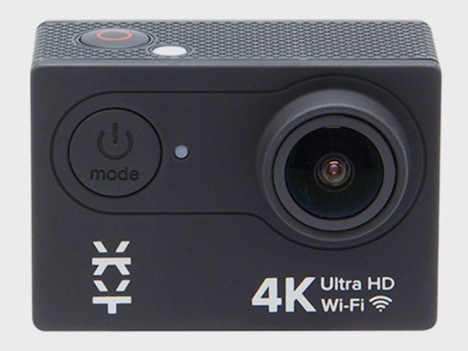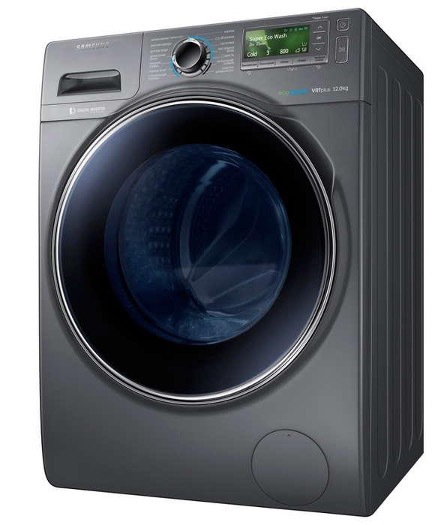Asphalt cutting is carried out using a special tool called a seam cutter. It allows you to process not only asphalt pavements, but also concrete ones, including those with reinforcement. When choosing a device, you should analyze several technical characteristics, which are described in detail in this material.
The content of the article
- Device type
-
Specifications
- engine's type
- Power
- Cutting depth
- Disc cutter
Device type
There are 3 main classifications of the cutter - according to the size of the diamond-coated disc and the features of the engine design. In the latter case, 3 categories of equipment are distinguished:
- electric;
- diesel;
- petrol.
If we talk about the diameter of the diamond disc and the depth of eruption, there are also 3 groups:
- Small (small diameter in the range of 300-400 mm). In this case, the depth does not exceed 170 mm.
- Medium - a cut to a depth of more than 300 mm is possible, while the diameter is from 600 to 800 mm.
- Large - allows you to put discs, the diameter of which can reach 1200 mm. At the same time, the cutting depth is maximum and reaches 500 mm.
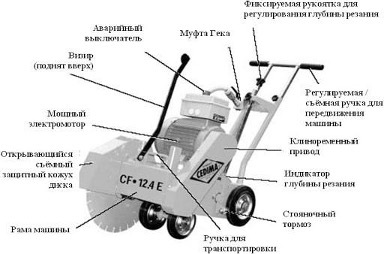
Specifications
To figure out how to cut asphalt, you need to study the main technical parameters of the tool. These include motor type (depending on the power source), disc cutter and other indicators described below.
engine's type
The type depends on what the engine is running on. According to this indicator, electric, gasoline and diesel units are distinguished. The first ones work almost silently and do not give any exhaust. But the power of the devices is not so high, besides, they are "tied" to the mains. Usually such devices are used to work indoors.
Petrol cutters are much more powerful, but they make a lot of noise and emit exhaust fumes. In addition, the devices need regular maintenance - sometimes every day. They are only used outdoors.
There are also diesel vehicles. They are autonomous and at the same time develop the greatest power. However, they give a strong exhaust and noise. They are used exclusively on the street, and for professional, not domestic purposes.
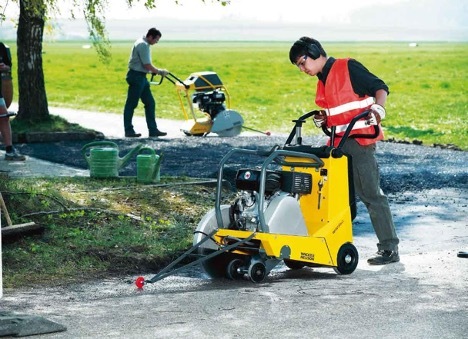
Power
The power of the device is also of great importance, it can be different, in the range from 1.2 to 3 kW, less often more. The choice depends on where the cutter is to be used. So, in domestic use, there is enough power within 1.5 kW. If it is intended to be used for professional purposes, models with a characteristic of at least 2 kW should be considered.
Cutting depth
Another important characteristic that many buyers pay attention to in the first place. For home use, a depth of 500 mm is enough. An inexpensive electric cutter can provide it.
For professional use, gasoline and diesel units are used. They cut seams up to 500-800, and sometimes up to 1000 mm deep.
Disc cutter
The cutter is the main element of the cutter, which makes the seams. It is chosen in terms of the outer diameter, as well as the features of the diamond coating. The edges of the disk are represented by several segments, which can be simple and sandwich.
Spraying on simple cutters goes in a uniform layer, and on sandwich cutters it is distributed so that as one layer is ground off, the second one opens.
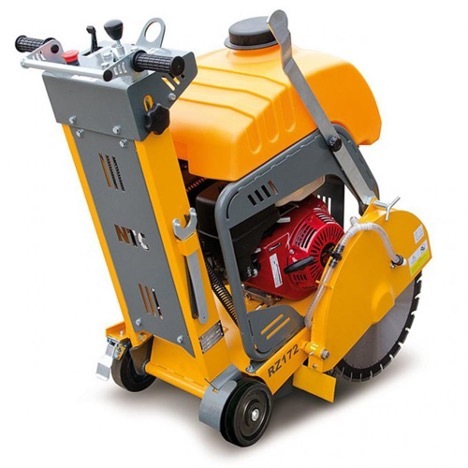
Thus, if you choose a cutter for home use, it is better to stop at electric models. For work on an industrial scale, diesel and gasoline units are usually purchased. At the same time, the depth of cut, the type of cutter and other parameters are taken into account.
